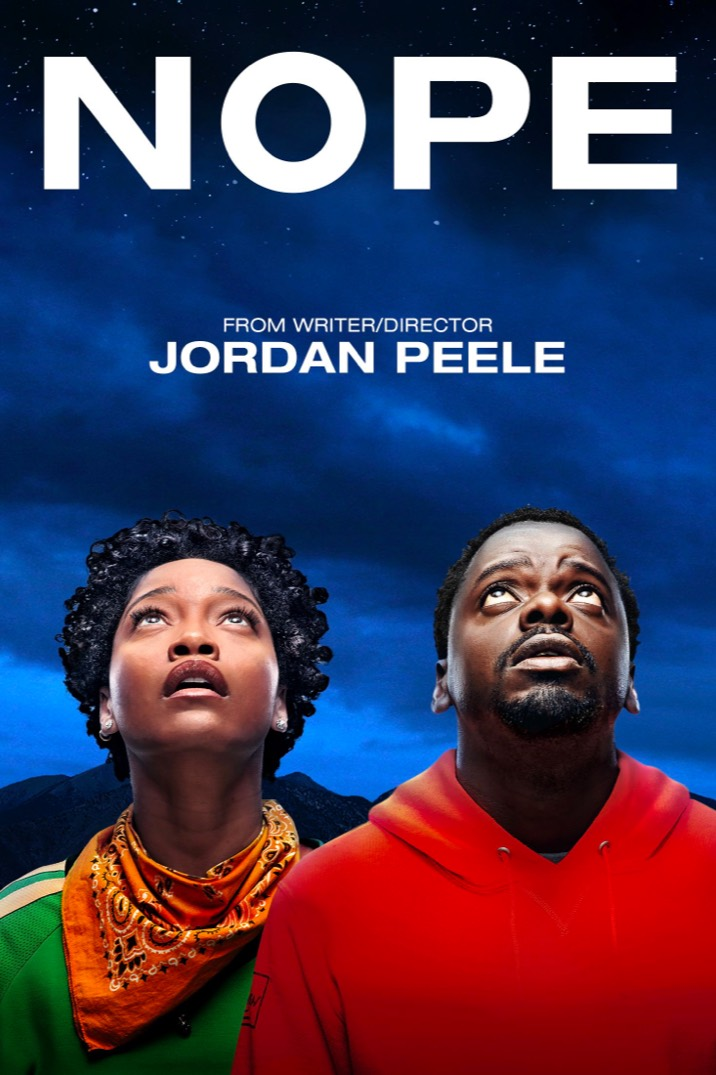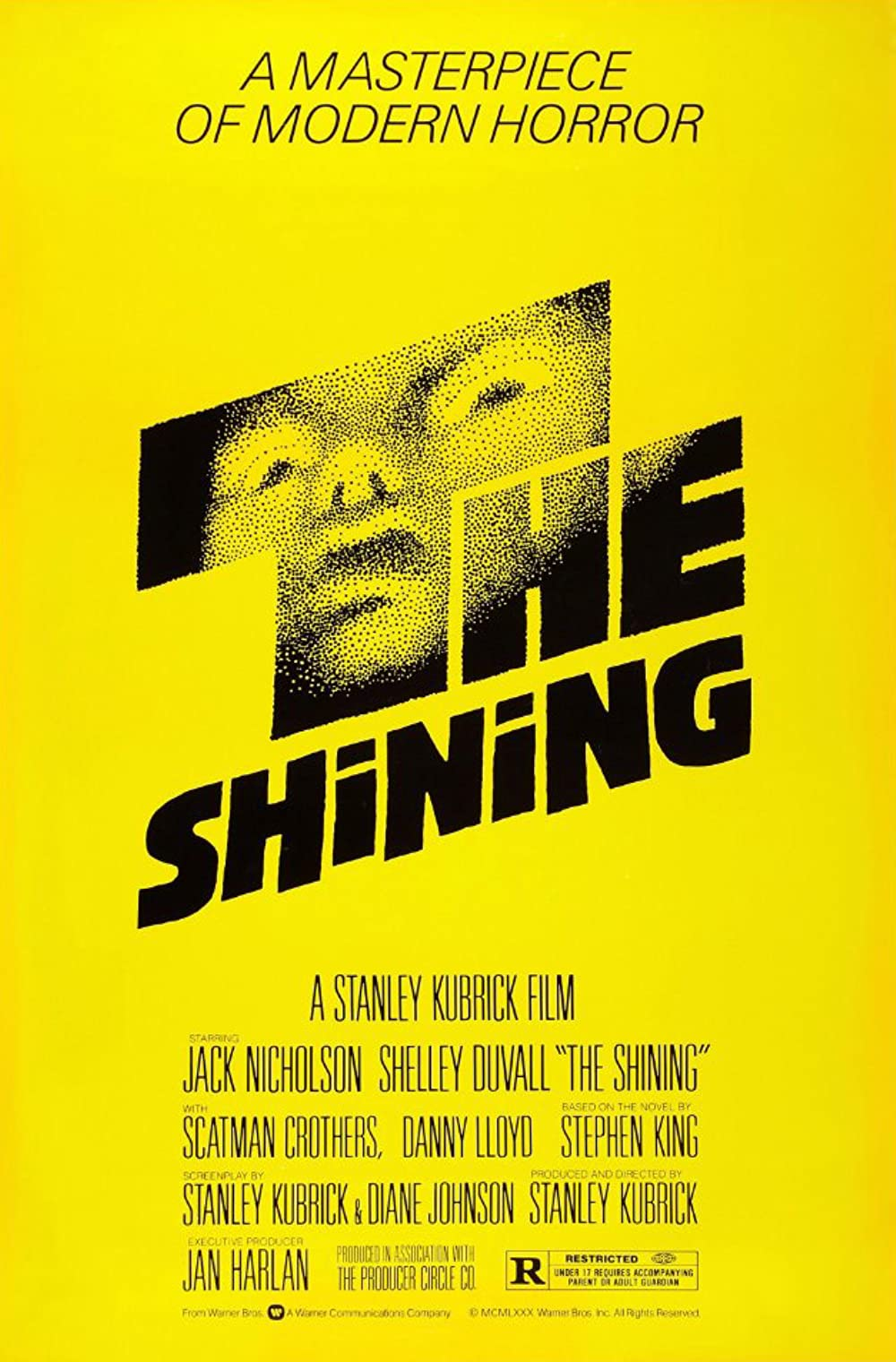What is Horror?
Halloween is up and coming and it is the season for the research of horror and thrill. But what is horror?
Horror films are motion pictures of which many productions within this genre are directed to protract immense feelings of fear, dread, or abhorrence. These films can take upon various adaptations such as a featuring malevolent monsters, include incidents of violence, or use atmosphere of a scenario to build and draw out periods of sweat inducing suspense. While this appears reprehensible at face value, such a genre is highly profitable during the season of Hallows Eve and many enjoy the thrill.
Content:
Foreshadowing is used in many productions. For example, Jordan Peele's hit film "Get Out" (2017). From the very beginning of the story, it is known to the viewers that Chris was going to have a rough weekend with his girlfriend when he and Rose drive into a deer. This deer foreshadows the characters eventual escape following the painstakingly long weekend. In the third act of the movie, Chris resists becoming hypnotized from his pursuer and perforates his attacker with a deer head.
Fear is another critical element of horror films, creating the adrenaline rush which many crave and expect from this type of production. While many horror films seek to instill various emotions into the viewers, fear the most common and apparent, typically brought up with short spurs of blaring noise with a jump scare of the paranormal evil. Fear is an immediate response to material whereas suspense provokes emotions such as dread. The most popular examples of fear are manifested dolls, masked killers, ghosts, and ghouls, which cause a quick jump from the viewers.
Suspense and violence also play major roles in horror productions such as by drawing out large periods of dread for the main characters and causing the viewers to better relate with to their fear. Violence, while not entirely used to cause fear, can create emotions of thrill and build realism in a horror production. Violence is a key element that is used in many horror films such as in Halloween Ends by David Gordan Green (2022) to build plot and conflict.
EX: Halloween Ends by David Gordan Green (2022)
Most horror films follow a common plot. The movies follow tropes such as ghosts typically having lasting grudges over mortals and humanity. Whether its a haunted house or a hospital, abandonment is a common theme in these movies as well as the concept of isolation from comfort. The atmosphere of an event plays a major role over the overall delivered tone of a scene. The horror movies follow a rollercoaster plot of suspense where it continues to grow over the course of a production and is resolved within the end (with exception of cliffhanger ending movies which end abruptly or end with a sequel in mind). Common horror tropes include the following: no coverage situations, abandoned living arrangements, vengeful spirits, the final girl where the last person to survive is a small girl opposed to a large angry man (featured in Ouija: The Awakening, 2017), and death by sex.
Production Techniques:
Prominent lighting in such productions are projected shadows, underexposed, harsh lighting which the villain's color scheme contrasts the atmosphere to create as sense of being watched or the character being stalked. Low-key lighting is typically used in horror thrillers and other subgenre's alike. Masterful horror films give the audience room to use their imaginations to build suspense with frames of large blank space and filled with darkness. The lighting makes the readers build rapport with the main character which is lit relative to the harsh enemy within the shadows.
Sound is also a critical element in creating a sense of suspense in the viewers. This can be through the inclusion of Sheppard Tones which seemingly increase in octave forever, creating suspense in the scene, or by using intermittent whispers to increase the element of unease. Without the use of powerful soundscapes in horror movies, the overall affect of a scene will become flat. A jump-scare without the music is much less effective than a jump-scare with the element of sound.
Shooting scenes through objects such as through a glass or by filming behind a pillar gives off the affect that the characters are being watched from behind their surroundings. The use of props and set design work as well to build the character and atmosphere of a scene. An example of this would be the hockey mask of the killer in "Friday the 13th" where there are no expressions of the killer. This allows the viewers to project evils onto the character.EX: Friday the 13th (1980) by Sean Cunningham
Marketing:
The target audience for horror productions is between the ages of fifteen and twenty-five. The most common reason for this is that typically young adults and teenagers enjoy this type of film content. Thrills are more generally accepted by the younger audience rather than the older audiences. While horror films are enjoyed by people of all genders, horror movies are targeted towards the male audience. Conventionally, males enjoy blood and gore more than that of conventional females.
Marketing strategies which are typically employed are the creation of websites that detail more about the urban lore of the story to hook viewers into watching the movie. Merchandising strategies also help to create excitement for the film's premiere date. An example of this would be for the movie "IT" where the clown, Pennywise, had his own website store prior to the movies release to increase publicity for the movie. Under merchandising are the posters for the film with important characters, hinting to the dynamic of the movie.
Film Samples:
Other Notable Films:
Sources:
https://www.qualitylogoproducts.com/blog/5-horror-movie-marketing-tactics-you-can-steal-for-your-brand/
https://raindance.org/6-common-horror-film-tropes/
https://digitalcommons.liu.edu/cgi/viewcontent.cgi?article=1030&context=post_honors_theses#:~:text=Different%20types%20of%20horror%20lighting,mystery%2C%20tension%2C%20and%20suspense.











